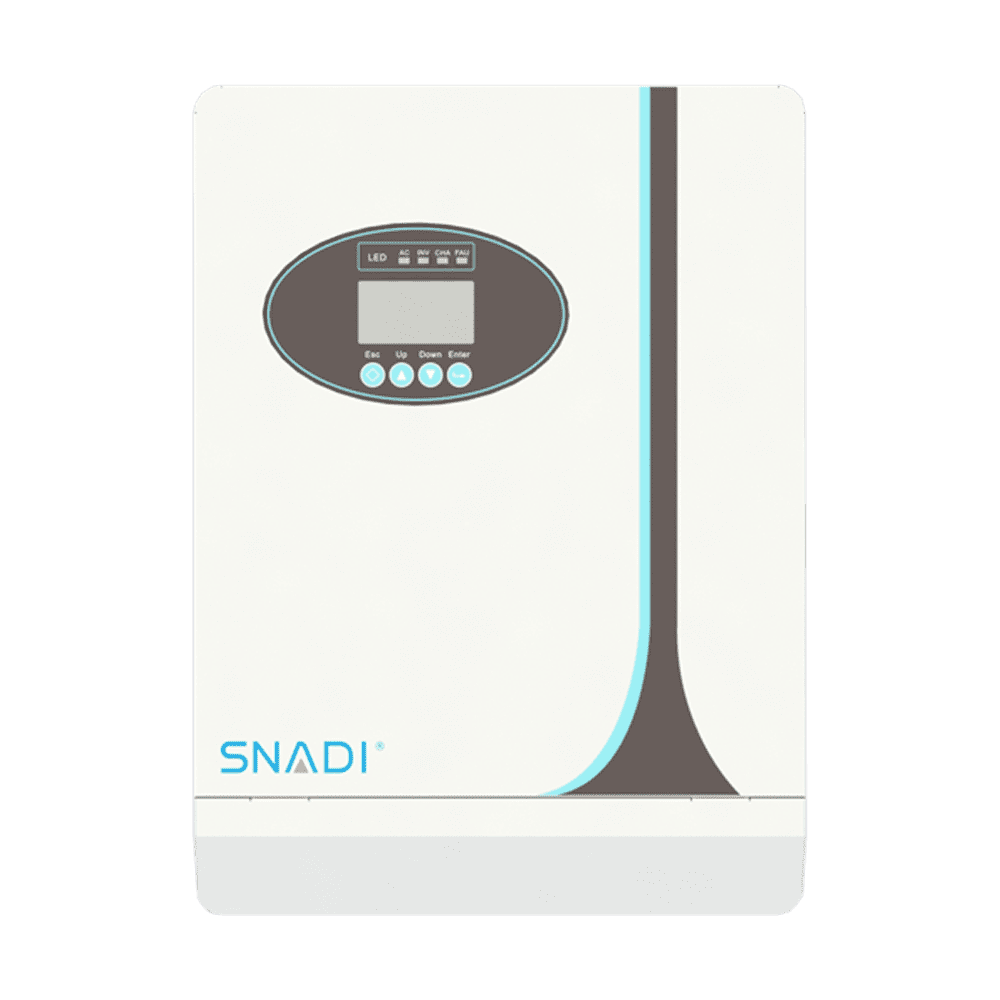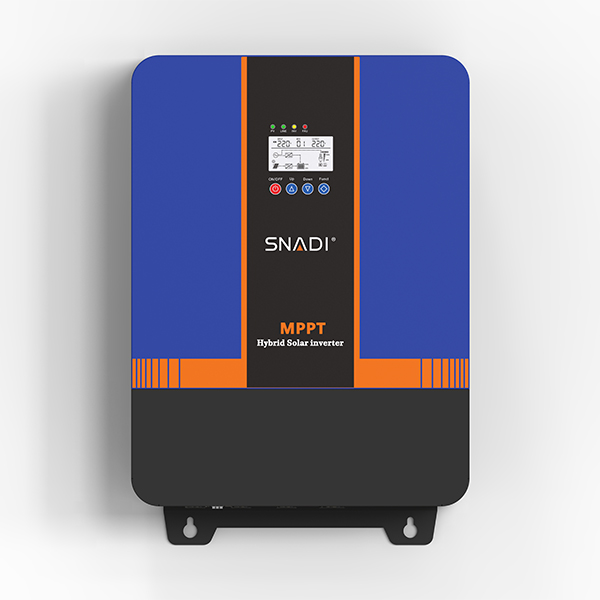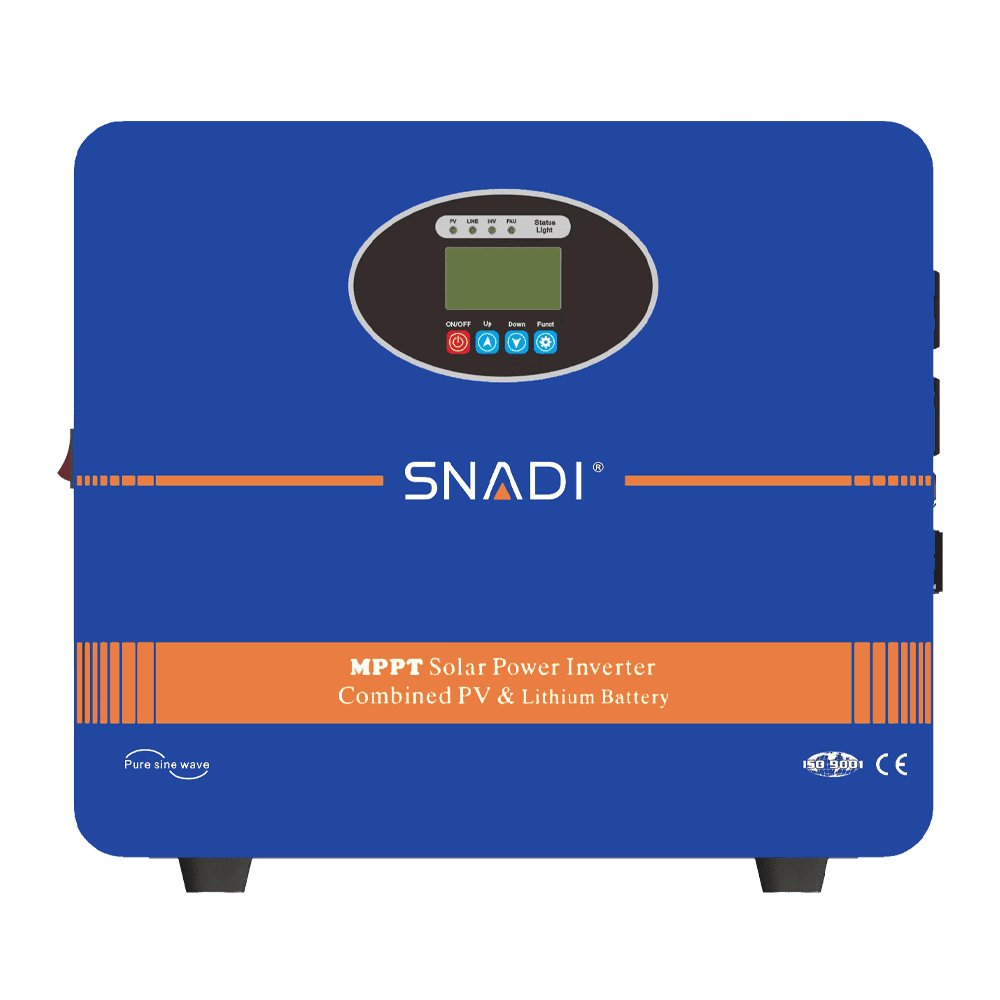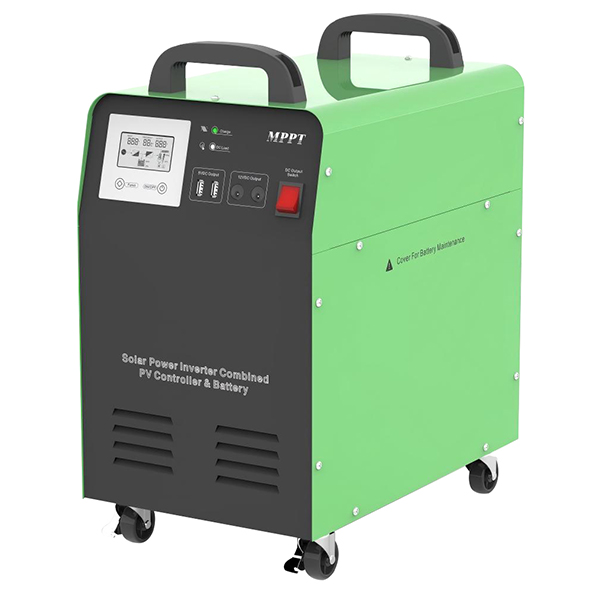In the realm of solar energy systems, the photovoltaic (PV) combiner box plays a pivotal role, particularly in larger installations. This article dives into the importance of a PV combiner box, discussing its functions, benefits, and the situations in which it becomes important.
What is a PV Combiner Box?
A PV combiner box is an electrical enclosure that consolidates the output of multiple solar panel strings into a single output that connects to an inverter. It serves as a central hub for wiring, facilitating a more organized and efficient electrical setup. A combiner box often comprises components like fuses, circuit breakers, and, in certain cases, monitoring systems that improve the solar power system's safety and performance.
Functions of a PV Combiner Box
The primary functions of a PV combiner box include:
Wiring Management: It simplifies the connection of multiple solar panel strings, reducing the complexity of wiring and minimizing the risk of errors during installation.
Overcurrent Protection: Most combiner boxes are equipped with fuses or circuit breakers that protect the system from overcurrent conditions, which can lead to equipment damage or fire hazards.
Monitoring Capabilities: Some advanced combiner boxes include monitoring systems that track the performance of individual strings, alerting users to potential issues before they escalate.
Safety Features: By allowing for a centralized shutdown mechanism, combiner boxes enhance the safety of solar installations, particularly in emergencies.
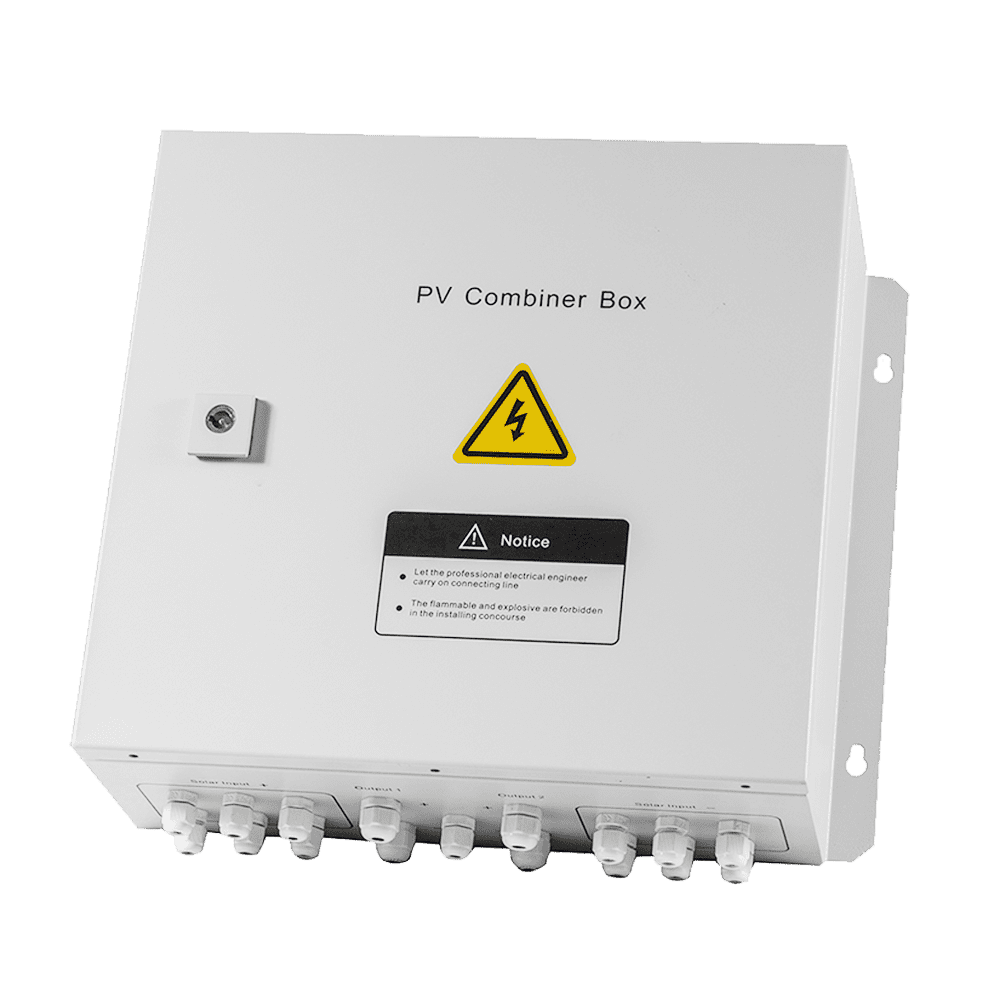
Photovoltaic Array Combiner Box For Industry
Why Consider a PV Combiner Box?
Cost-Effectiveness
While the initial investment in a PV combiner box may appear to be an additional price, it can result in significant long-term savings. A combiner box can lower overall installation costs by reducing the amount of wiring needed and simplifying the installation process. Additionally, it minimizes energy losses on the AC side, allowing for more efficient energy utilization.
Simplified Maintenance
With all connections centralized in one location, maintenance becomes more straightforward. If a problem arises, it is easier to identify the faulty string or connection, thereby reducing downtime and repair costs. Regular maintenance checks can be performed with minimal disruption to the overall system.
Enhanced System Performance
A combiner box can improve the overall performance of a solar energy system by ensuring that all strings operate optimally. It decreases the risk of voltage drops and energy losses caused by connecting several strings directly to the inverter without suitable management.
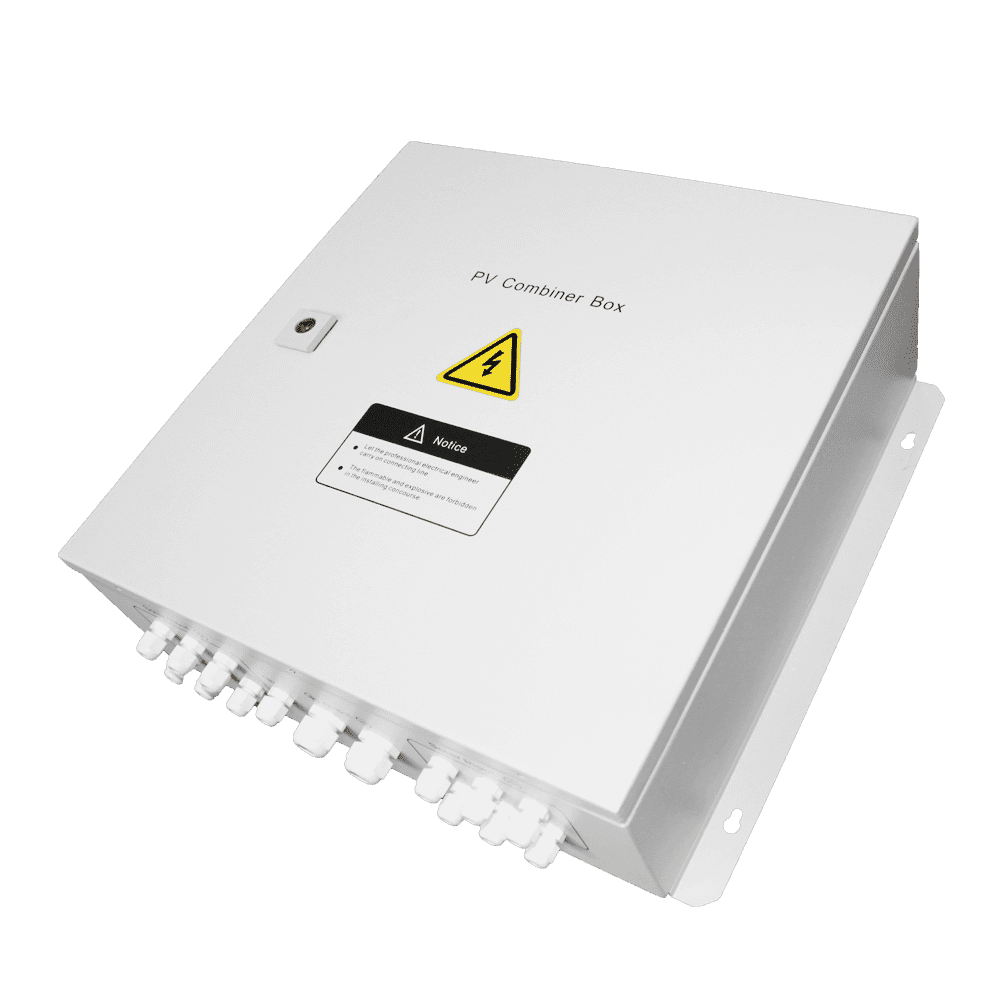
Photovoltaic Array Combiner Box
When is a PV Combiner Box Necessary?
Multiple Strings of Solar Panels
The necessity of a PV combiner box becomes apparent when a solar installation involves more than three strings of panels. In smaller systems with only one to three strings, the complexity and benefits of a combiner box may not be worth the expense. However, a combiner box is essential for effective management in larger residential or commercial setups.
Commercial and Industrial Applications
In commercial and industrial settings, where solar arrays can consist of dozens or even hundreds of panels, a combiner box is not just beneficial; it is crucial. These installations often require multiple strings to optimize energy production, making a combiner box an integral component of the system.
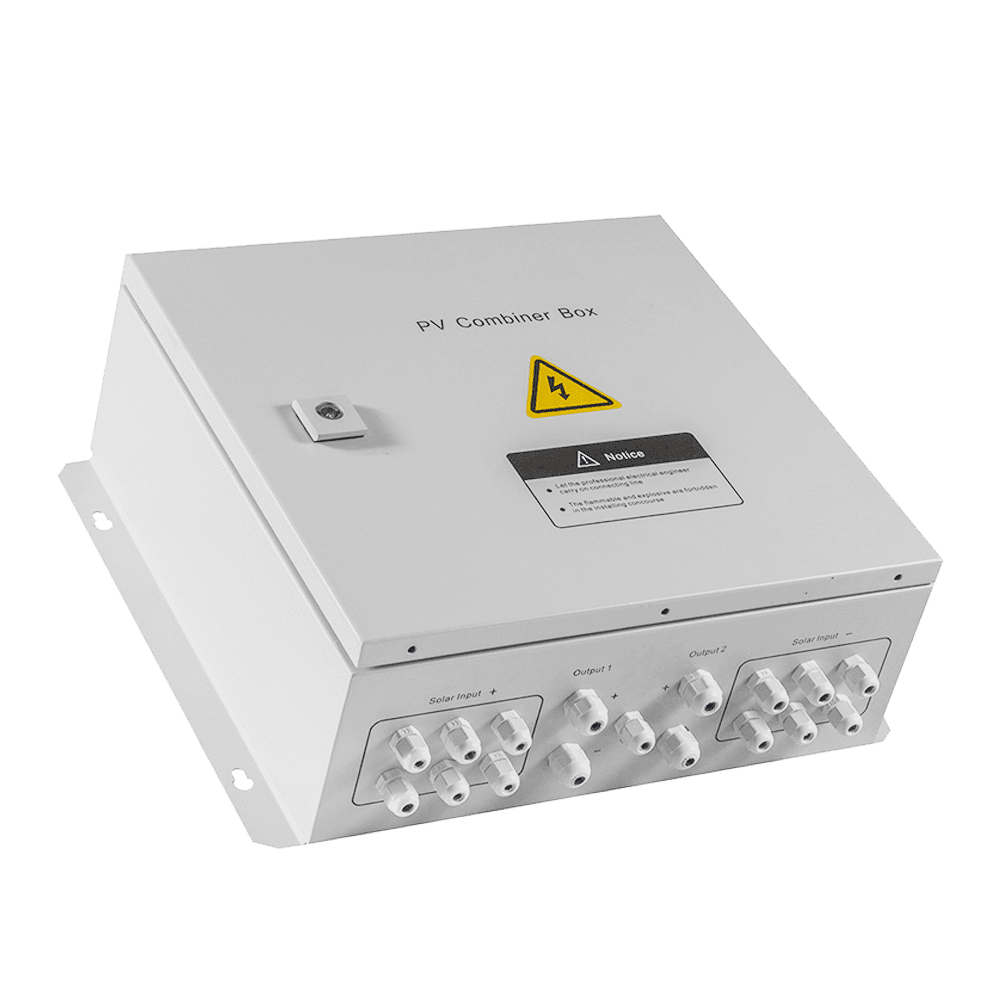
PV Combiner Box with Snat brand
Key Components of a PV Combiner Box
A typical PV combiner box includes several key components:
Fuses or Circuit Breakers: These protect against overcurrent situations, ensuring that the system remains safe during operation.
Disconnect Switches: These allow for manual or automatic disconnection of the system in case of emergencies or maintenance.
Monitoring Equipment: Some combiner boxes come equipped with devices to monitor the performance of each string, providing real-time data on energy production and system health.
Enclosure: The box itself is designed to protect the internal components from environmental factors such as moisture, dust, and extreme temperatures.
Conclusion
In conclusion, a PV combiner box is often a necessary component in solar energy systems, particularly for larger installations with multiple strings of panels. Finally, the option to include a PV combiner box should be made based on the solar installation's needs, taking into account both current and future scalability.




